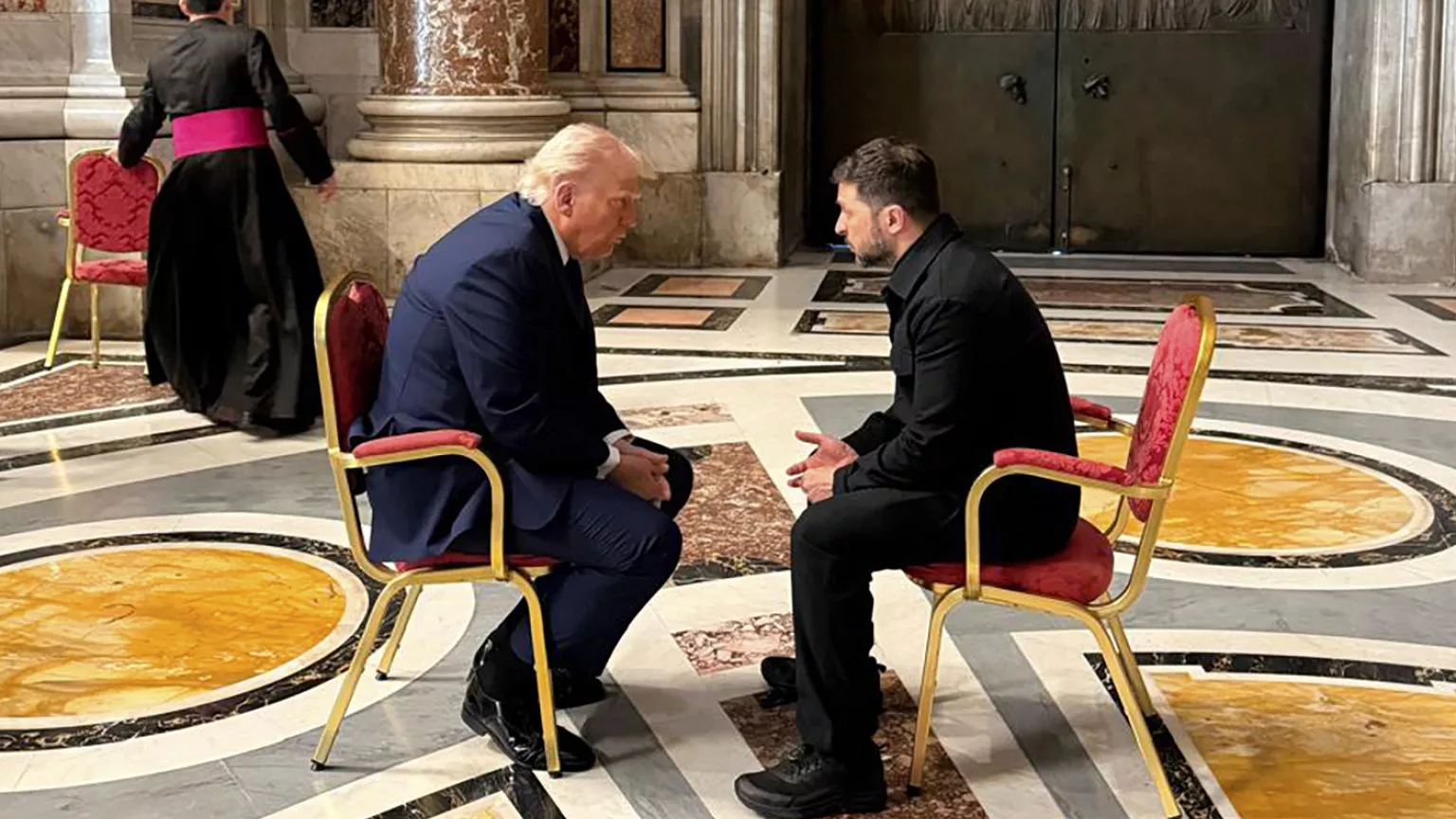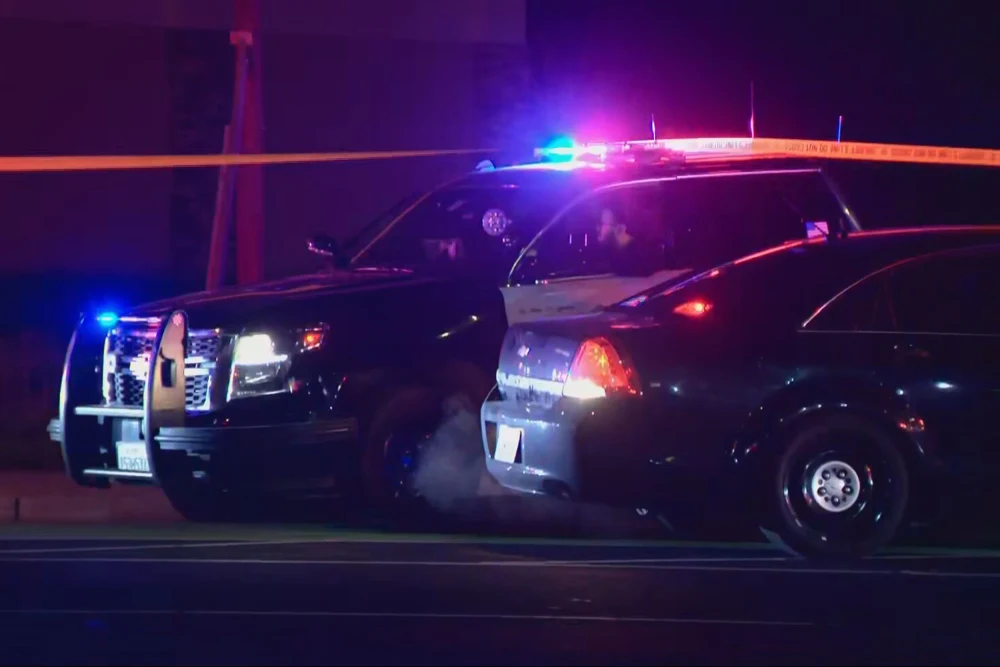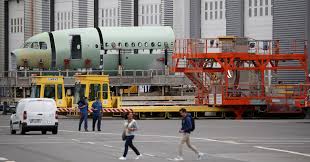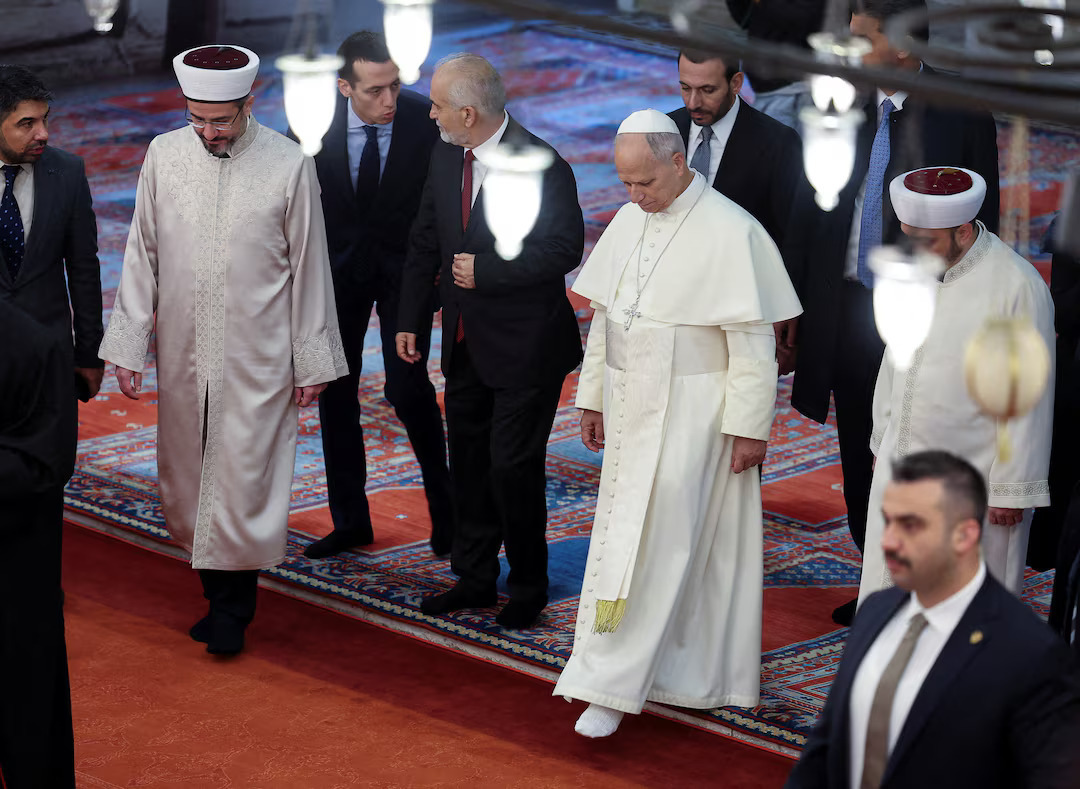Trump Pressures Zelenskyy to Seek Peace Deal Before White House Meeting
WASHINGTON — Ukrainian President Volodymyr Zelenskyy is set to meet President Donald Trump at the White House on Monday afternoon, just days after Trump’s high-stakes summit with Russian President Vladimir Putin in Alaska ended without a ceasefire agreement.
Zelenskyy arrives in Washington alongside several European leaders, including European Commission President Ursula von der Leyen, NATO Secretary-General Mark Rutte, U.K. Prime Minister Keir Starmer, German Chancellor Friedrich Merz, French President Emmanuel Macron, and Italian Prime Minister Giorgia Meloni. Their visit coincides with Trump ramping up pressure to end the ongoing war in Ukraine, a conflict he maintains would never have started if he had remained in office.
After meeting with Putin, Trump shifted his messaging from temporary ceasefires to pushing for a comprehensive peace deal. On Sunday night, he posted on Truth Social, urging Zelenskyy to take initiative and agree to terms that would end the war — notably, by relinquishing claims to Crimea and abandoning Ukraine’s NATO ambitions, key demands from Moscow.
“President Zelenskyy of Ukraine can end the war with Russia almost immediately, if he wants to, or he can continue to fight,” Trump wrote, placing the burden squarely on the Ukrainian leader.
Trump hinted on Saturday that if Monday’s talks with Zelenskyy are productive, he will move forward with arranging another round of negotiations with Putin in pursuit of a final peace agreement. The meeting is expected to include discussions on future security guarantees for Ukraine, possibly modeled on NATO’s Article 5 mutual defense clause, according to U.S. special envoy Steve Witkoff.
Ukraine hopes to use the meeting to lock in binding security guarantees that would require Senate approval. A Ukrainian official familiar with Kyiv’s strategy said the government views a temporary ceasefire as essential to launch credible peace talks, and it wants any agreement backed by treaty-level commitments from the U.S. and its allies.
A senior GOP lawmaker, speaking anonymously, supported the idea of American-backed security assurances. Meanwhile, a European official confirmed that part of the agenda would focus on defining what those guarantees would entail. While Trump has floated the idea of territorial swaps, the official said Ukraine is unlikely to surrender the entire eastern Donbas region, and any peace settlement would need broad European involvement.
In a post on X after arriving in Washington, Zelenskyy stated, “I am confident we will secure Ukraine’s future and safety. The people of Ukraine will always be grateful to President Trump.” He also reiterated that “Russia must end this war, which it started.”
This visit marks Zelenskyy’s first return to the White House since a tense February meeting with Trump and Vice President JD Vance, during which the Ukrainian president was publicly chastised over military aid and perceived lack of gratitude. The confrontation, broadcast live, sent shockwaves through Kyiv and Western capitals.
Monday’s meeting follows Trump’s controversial decision to host Putin in Alaska, where the Russian leader was given VIP treatment — including a private ride in the presidential vehicle known as “The Beast.” The summit excluded Ukraine and ended with a brief 12-minute press appearance, but no ceasefire or agreement was reached.
Announcing his plans early Saturday morning, Trump wrote that “if all works out” with Zelenskyy, a follow-up meeting with Putin would be scheduled. However, the core issues — including the status of Russian-occupied Ukrainian territory and Western security guarantees — remain unresolved.
Secretary of State Marco Rubio emphasized on Sunday that any resolution must include “real security guarantees” for Ukraine. Witkoff later clarified that such guarantees could come from the U.S. and allied European nations, rather than NATO itself.
Speaking on “Fox News Sunday,” Witkoff described the U.S. role as historic, adding that any security pact must be practical and enforceable across land, air, and sea. Zelenskyy echoed that sentiment in a social media post, saying Ukraine expects “real protection,” built in collaboration with Europe.
Zelenskyy is also expected to confront Trump directly over recent remarks suggesting Ukraine should concede some land to Russia. Trump previously said peace would require “territory swapping,” a proposal that Zelenskyy has firmly rejected, stating Ukraine “will not give up its land to the occupier.”
Despite Rubio stating that “no one is pressuring Ukraine” to surrender territory, Trump undercut that claim hours later by reposting a Truth Social message declaring Ukraine must give up land or risk losing more.
Trump left Alaska without securing any ceasefire and warned that Russia could face severe economic retaliation if peace talks falter. Still, Rubio cast doubt on whether new sanctions would change Putin’s stance, while Witkoff defended the administration’s approach, saying a ceasefire is a step toward broader peace.
Ultimately, Trump’s aim is to secure a lasting peace agreement — though his methods, tone, and pressure on Ukraine are drawing scrutiny from both domestic critics and international allies.

Jagger Beltran is the founder and author of Computer Site Engineering, a blog dedicated to exploring the latest in computing, hardware, and software. With a passion for technology, he provides in-depth insights to help readers stay ahead in the digital world.





